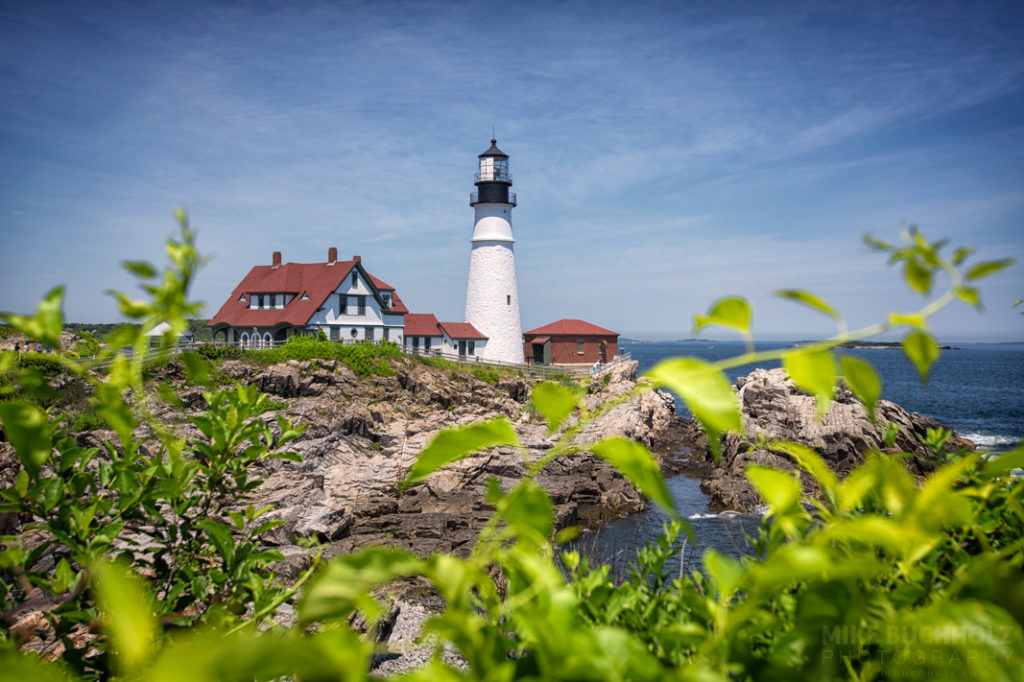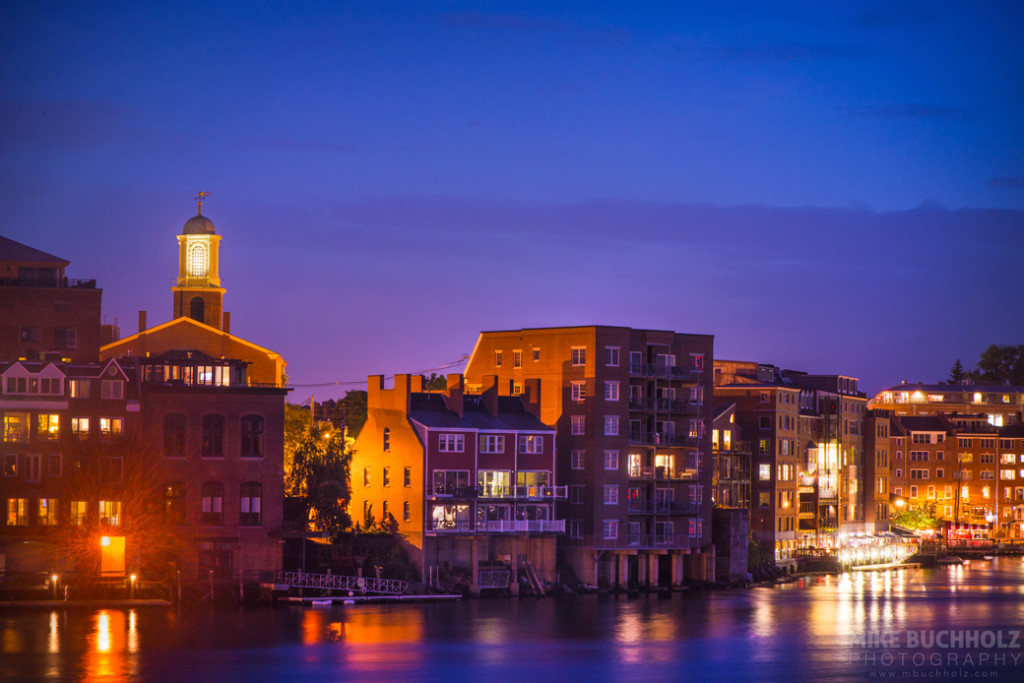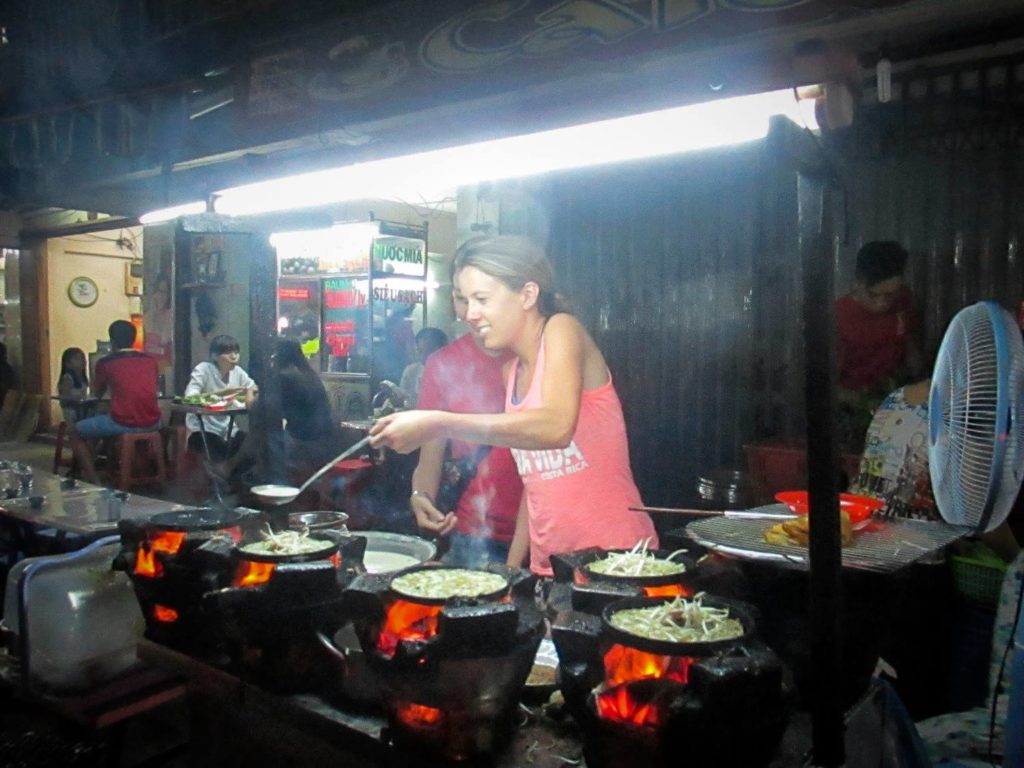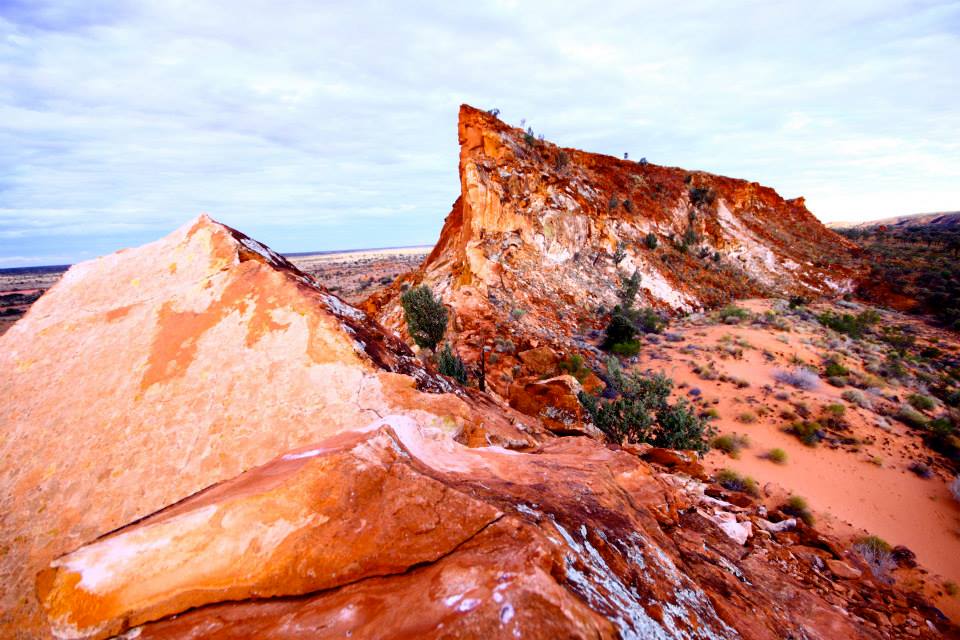Touring Andalucia (Andalusia), you’ll immediately notice the Moorish influence that is rich in this southern region of Spain. But wonderful architecture isn’t the only thing to see: there’s some of the most beautiful beaches in the world, romantic cities to wander, remote “white village” towns dotting the mountainside to kick-back in, and plenty of culture all along the way.
What to expect from this itinerary: We’ll bounce you around several of our favorite cities in Andalucia over the course of this trip, so expect a bit of traveling, but short enough trips that you can still enjoy each day in full. We’ll try to keep the budget cheap, so you’ll stay in a mix of budget hostels as well as some nice accommodation thrown in here or there to keep you feeling fresh. Expect a little road trip, a little hiking, and plenty of history, walking, and wine!
The Basics
Money/Currency: 1 USD = 0.92 EUR
Where to stay: Hostels 15-30 EUR for dorms and 40 EUR for private.
Transportation: Fly via Madrid, Sevilla (Seville), or Malaga. Trains (RENFE) can get you all around the country quickly (though slightly price). Buses are common and car rentals are reasonably priced.
When to visit: Visit anytime April through June or September through October for the most reliable weather. July and August are unbearably hot in the cities, and also extremely crowded with foreign travelers.
Travel Itinerary
Day 1: Malaga
We’ll start the trip with a night in Malaga, one of the largest cities in southern Spain. Best known as the birthplace of Pablo Picasso, you’ll find art museums (surprise, surprise…), beaches, shopping, and delicious food.
- Getting there: Fly directly into Malaga’s airport, or travel via train (2.5hr trip via high-speed RENFE) to the main transportation terminal (Maria Zambrano) and grab a cab (6-8 EUR) to your hostel. Busses are also available via Movelia or Alsa. Malaga is a transportation hub in the south, so getting there (or elsewhere) is very easy from Malaga.
- Where to Stay: Hostel La Palma (from 20 EUR) for basic private rooms and shared bathrooms in a perfect location with balcony views. If you’re looking to be even more budget-friendly, check Oasis Backpackers Hostel (from 10 EUR) which is also in a great location with a rooftop balcony.
- Where to Eat: Explore the one of them many chiringuitos along the beach (such as El Tintero, where there is no menu—waitresses announce what they’re carrying and you can claim any dish they carry) and have paella, fish, and sangria. Stop in the oldest tavern in Malaga, Antigua Casa de Guardia. On your stay, try espetos (sardines on a stick) or pescaito frito (deep-fried seafood).
- What to Do: Visit the Moorish hill castle of Alcazaba (2 EUR / free Sunday afternoons) or Castillo de Gibralfaro (2 EUR / free Sunday afternoons) and enjoy the best view of the city. Embrace the city of Picasso and tour the Museo Picasso Malaga (8 EUR) to see some of his work or travel to his birthplace. Take advantage of your proximity to the coast and trek to some of Andalucia’s best beaches at Costa del Sol. Walk Calle Marqués de Larios after dark and take in the beauty of the pedestrian shopping street before ducking into one of the many alleyway restaurants for a glass of Mosto wine.
Day 2-4: Granada
Travel east to the beautiful and sprawling city of Granada. Explore the mesmerizing Alhambra overlooking the city, hike or ski in the nearby Sierra Nevada, wander the storied Albaicin district, or take advantage of a lively bar-scene driven by the local universities. Like most places on this trip, the city is best seen by foot, so grab a local map and set-off exploring.
- Getting there: Grab a bus from Malaga’s bus station (a 20 minute walk if you stayed at our previously recommended spots in town centre) and enjoy a scenic 2hr drive through the mountains. When you arrive, grab a 6-10 EUR cab ride to your hostel. You can also get here by flying into the small local airport, by trains (from Madrid, Cordoba, Barcelona, Valencia, and Linares-Baeza).
- Where to Stay: El Granado hostel.
- What to Do: See the Moorish architecture of Alhambra (see our Tips section at the bottom of this page). Go for a sunset walk up Carrera del Darro, Cuesta del Chapiz, stop for one of the best views of the city at Mirador San Nicolas, and then wander back down through El Albaicin district (which is best to get out of before dark). Take a ride to the Sierra Nevada for a hike or horseback ride. Enjoy the Andalucia’s most famous performance art of Flamenco, which dates back over 3,000 years. Tour La Catedral de Granada or Capilla Real).
Day 5-6: Ronda
Retreat from the cities packed with tourists and head to Ronda, a beautiful town set atop a deep gorge north of Malaga and slightly off the beaten-track. Spend the days hiking in the nearby mountains, shopping in the winding streets, or just relaxing in the remote white villages in the mountains along the horizon of the city.
- Getting there: Enjoy a little road-tripping and rent a car from your previous destination and drive here. If that’s not desirable, you can easily catch a bus several times a day from Malaga (9 EUR) or get there from regional trains from Madrid and Costa del Sol. The train station is a short walk to the bus station. Once in town, you can best get around by foot, and you’ll find plenty of shops, restaurants, and sight-seeing if you stay near the gorge’s bridge in town.
- Where to Stay: Be adventurous and stay with locals in one of the remote white villages in the mountains a 20-minute ride from town. You won’t find many English speakers, but you’ll find a nice retreat from the bustle of cities and tourists, and can spend your days relaxing or hiking in the surrounding mountains.If staying in town, check Budget: Hotel RondaSol (20 EUR for a private room). Midrange: Hotel Enfrente Arte Ronda (80 EUR). Luxurious: Hotel Acinipo.
- What to Do: Walk across the Puente Nuevo (New Bridge) and do the short 10-min hike down into El Tajo (the gorge) for your best view of the city from down below. Shop in the Calle Espinel (Calle la Bola), the main shopping area. Get a permit and hike La Garganta Verde. If you’ve got some time to kill, tour the slightly underwhelming Plaza de Toros, the oldest bull ring in Spain for 6 EUR. Wander the twisting streets of La Ciudad, the oldest district in Ronda. Drive a couple hours to the beautiful mountain top town of Zahara la Sierra and eat on the narrow streets with a breath-taking overlook of the valley.
Day 7-9: Sevilla (Seville)
Spend the last nights of your trip in the capital of Andalucia, and Spain’s 4th largest city.
- Getting there: If you’re following our itinerary, you will get here by a rental car, and immediately drop off the car once you get to town. Otherwise you can get here by air (fly into Sevilla International Airport, about 20 minutes from town or La Parra Internation Airport for budget airlines), by bus (5-20 EUR depending on where you’re coming from in Andalucia), or by train (Sevilla Santa Justa Station). Once in town, transportation is easy by foot, train, bus, scooter, or bicycle (see the “Sevici” bike system, letting you rent a bicycle for cheap to get between two destinations).
- Where to Stay: Coming soon!
- What to Do: There’s plenty to do in Sevilla, so don’t expect to run out of options–consider getting the Sevilla Card, which grants you access to most museums and monuments in town and can be used across multiple days. Tour the Cathedral of Seville (8 EUR) and climb the La Giralda clock tower (9 EUR) for a beautiful view of the city from above. Explore the gardens and Moorish palace of the Real Alcazar (9 EUR). Hear the Spanish art of Flamenco at one of the many storied establishments in town. Attend a bull-fight at one of the oldest bull rings in Spain (not for the squeamish as it’s a 3-hour act that concludes with the bloody killing of a bull). Walk to the sprawling pavilion of Plaza de Espana, built in 1929 and climb the Cerro de Carambolo. Eat endless amounts of delicious tapas and ice cream.
Day 10: Madrid
Spend your last day in the country’s capital before you travel home, and enjoy the lively city’s nightlife and cultural heritage.
- Getting there: Train (RENFE into stations Chamartin or Atocha), bus (nearly a dozen international bus stations exist in the city), air (Adolfo Suarez Madrid-Barajas Airport). Once in town, you’ll find one of the best public transportation systems in the country. Busses and subways (Metro de Madrid) are tightly connected and work with the same ticket (1.50 EUR for 5-stations, 8 EUR for a day unlimited travel), shuttles (MadShuttle, EuropeShuttle), and taxis (many don’t speak English, so write down your destination).
- Where to Stay: Coming soon!
- What to Do: Visit the central plaza of Puerta del Sol or the Plaza Mayor square for shopping, restaurants, street performers, and more. Tour the Museum District and see the famous fine art museum of Museo del Prado (14 EUR) or the Reina Sofia National Museum and Art Center (8 EUR) for modern art. Catch a performance of Flamenco at Corral de la Moreria or Las Tablas or Opera at the Teatro Real or see the Spanish National Orchestra at the Auditoria Nacional. Catch some football and see Real Madrid play or watch a bullfight at Las Venas, the birthplace of bull-fighting. If the timing of your trip lines up, see La Transhumancia (a massive festival where shepherds march their livestock through the streets) or the Madrid Gay Pride parade in June/July. Shop in Sol-Salamanca or Chueca and Fuencarral districs or the markets of El Rastro or Cuesta de Moyano.
Tips
Getting around: The cities we brought you to are best explored by foot, but there are plenty of options for local transport in each city. Busses will typically shuttle you around for 1 EUR, and taxis are prevalent.
Visiting Alhambra: Book your tickets in advance (print them in town at the tourist shop for Alhambra). You can’t go wrong with either the morning or afternoon tour window. Get your tickets printed (the tourist shop in town has a kiosk to do this for you) and head to relatively secret Puerta de la Justicia entrance and you’ll save an hour on entrance lines alone.
Speak the language: Learn a few phrases and earn some respect:
- Hello: hola!
- Please: por favor
- Thank you: gracias
- Good morning / Good evening: buenos días / buenos noches
- Where is…: donde esta…
- I don’t understand: no comprendo









